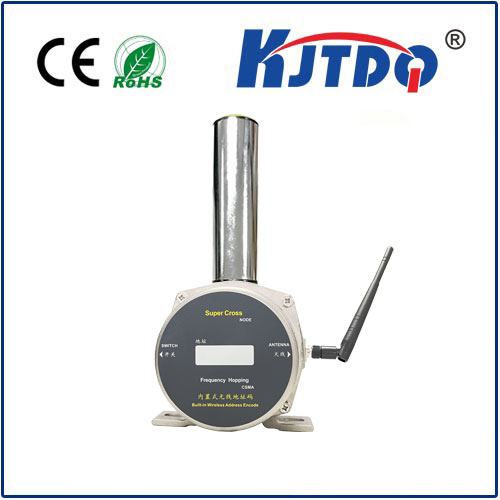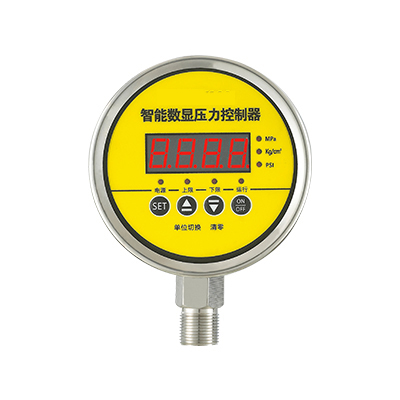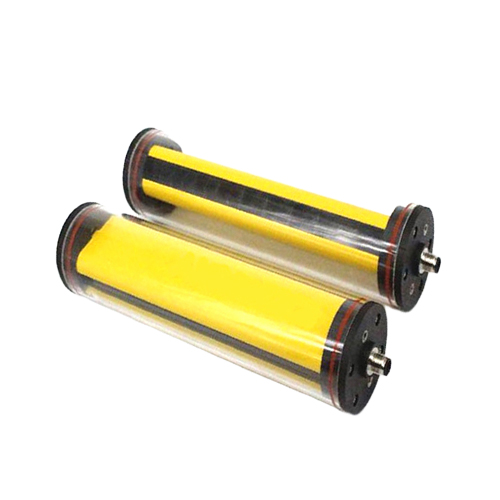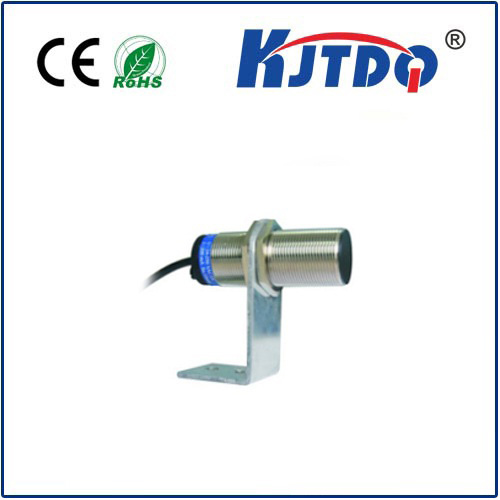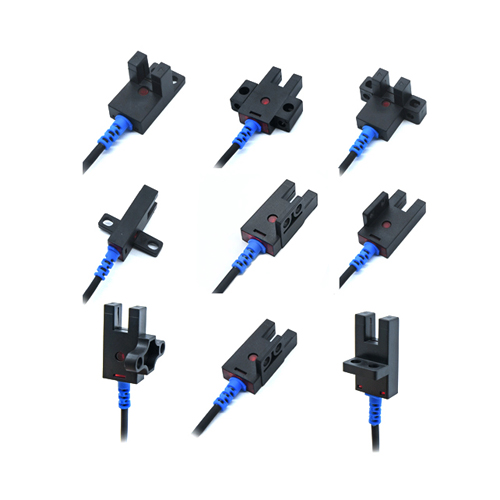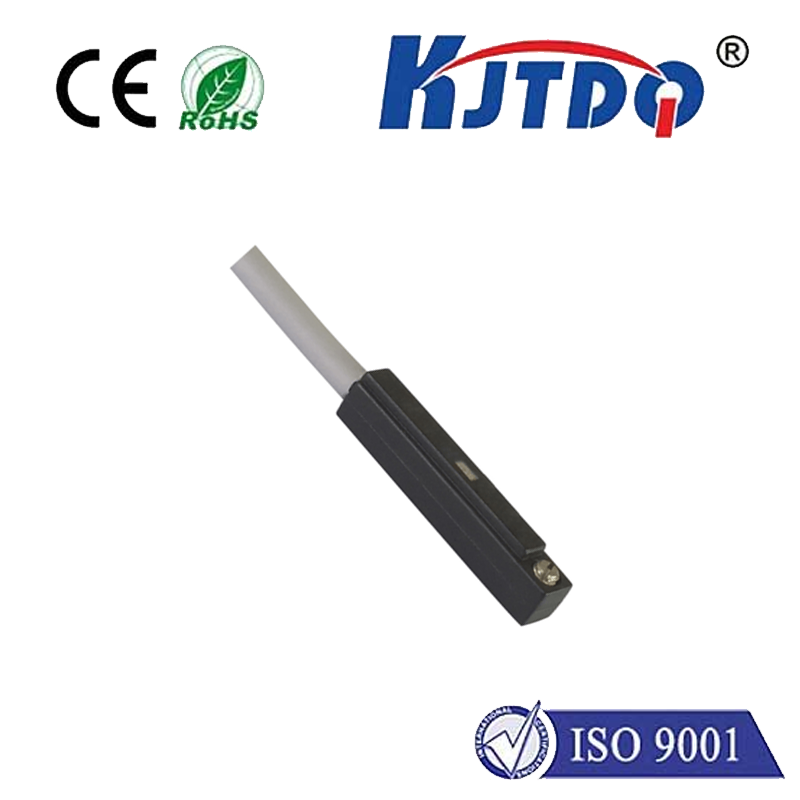micro limit switch with roller
- time:2025-07-30 14:11:24
- Click:0
Micro Limit Switch with Roller: Precision Control in Compact Packages
Imagine a critical piece of automation on a factory floor halting unexpectedly. Or a robotic arm delicately assembling a smartphone component, its movement requiring pinpoint accuracy. In these moments, and countless others, an often-overlooked hero plays a vital role: the micro limit switch with roller. This diminutive powerhouse provides the essential feedback that controls machinery, ensures safety, and guarantees precise positioning where space is at a premium.
Understanding the Components: Micro + Limit + Roller
Let’s break down this precise instrument:
- Micro: Signifying its miniature size. These switches are specifically designed to fit into confined spaces where standard switches simply cannot go. Their compact footprint makes them indispensable in modern, densely packed electronics, appliances, and automation equipment.
- Limit Switch: At its core, this is an electromechanical device. Its primary function is to detect the presence or absence of an object or to monitor the movement limits of a mechanism. It does this by physically actuating its internal mechanism, opening or closing electrical contacts to signal a control system. Essentially, it tells a machine “start here,” “stop here,” or “something is in position.”
- Roller: This is the actuator – the part that physically interacts with the target object or machine element. The roller lever is a pivotal feature. Instead of a blunt plunger or lever arm, a small, often cylindrical, wheel is mounted on the end of an arm extending from the switch body. This roller provides distinct advantages.
Why the Roller Makes a Crucial Difference

The addition of a roller to the micro limit switch actuator isn’t just a minor tweak; it significantly enhances performance and reliability:
- Reduced Friction and Wear: As the target object moves against the actuator, the roller rolls rather than slides. This drastically reduces friction, minimizing wear on both the switch lever and the object triggering it. This translates directly to increased operational lifespan for the switch and less maintenance downtime.
- Smoother Operation: The rolling action allows for a much smoother actuation, reducing binding or sticking. This leads to more consistent and reliable switching, critical for repetitive tasks.
- Accommodating Off-Angle Engagement: The roller profile allows the switch to be triggered even if the target object doesn’t hit the lever perfectly perpendicularly. It can handle some variation in the approach angle, improving operational flexibility in complex mechanisms.
- Positive Actuation: The roller provides a positive, mechanical means of ensuring solid contact with the moving part, leading to dependable signal generation.
Where Compact Power Meets Diverse Demands
The unique combination of small size and the reliable roller actuator makes these switches incredibly versatile. Key applications include:
- Industrial Automation: Found on CNC machines, robotic arms (monitoring arm position, gripper closure), assembly lines (detecting part presence, end-of-travel limits), packaging machinery (checking product position or gate closure).
- Home Appliances: Used in washing machines (lid/door position detection), dishwashers (rack position), printers (paper tray detection, carriage limits), coffee makers (water tank position).
- Consumer Electronics: Employed in gaming controllers, camera shutters, small robotics, and docking stations to detect position or engagement.
- Medical Equipment: Vital in diagnostic devices, analyzers, infusion pumps, and surgical tools where reliable position feedback in a sterile or compact environment is paramount.
- Automotive: Found in power seats (end-of-travel limits), sunroofs (open/close position), glove compartments, and various actuators requiring position sensing.
Selecting the Right Micro Limit Switch with Roller
Not all micro roller switches are identical. Key specifications engineers consider include:
- Electrical Rating: The voltage and current (AC or DC) the switch contacts can safely handle (e.g., 5A 250VAC). Undersizing this can lead to premature failure.
- Operating Force: The amount of force required to actuate the switch. Varies based on the spring mechanism and lever length/type. Precise force requirements depend heavily on the application.
- Actuator Type & Roller Material: Lever styles (straight, offset, simulated roller) and roller material (metal, plastic) suit different engagement scenarios and environments. Plastic rollers are quieter and corrosion-resistant; metal rollers handle higher forces.
- Durability (Operating Life): Measured in cycles (e.g., 1 million, 10 million+). Devices requiring frequent actuation demand high cycle life ratings.
- Environmental Protection (IP Rating): Resistance to dust and moisture (e.g., IP67). Essential for harsh or washdown environments.
- Terminal Type: Options like quick-connect tabs, solder terminals, or wire leads for ease of installation.
- Pretravel and Overtravel: Pretravel is the distance the actuator must move before switching; Overtravel is the distance it can move beyond the actuation point without damage. These define the mechanical operating window.
The Indispensable Trigger in Miniature
The micro limit switch with roller exemplifies engineering ingenuity: packing reliable sensing, robust mechanical action (thanks to the roller), and long life into an incredibly small package. They are fundamental components that enable precision control, safety interlocks, and position verification across a breathtakingly wide spectrum of modern machinery and devices. From the factory floor to the devices in our homes and pockets, their silent, rolling action helps ensure countless processes run smoothly, efficiently, and safely. Choosing the right one hinges on understanding the specific demands of force, environment, electrical load, and required lifespan. Their miniature nature belies their critical importance in making automation and complex mechanisms truly work.






